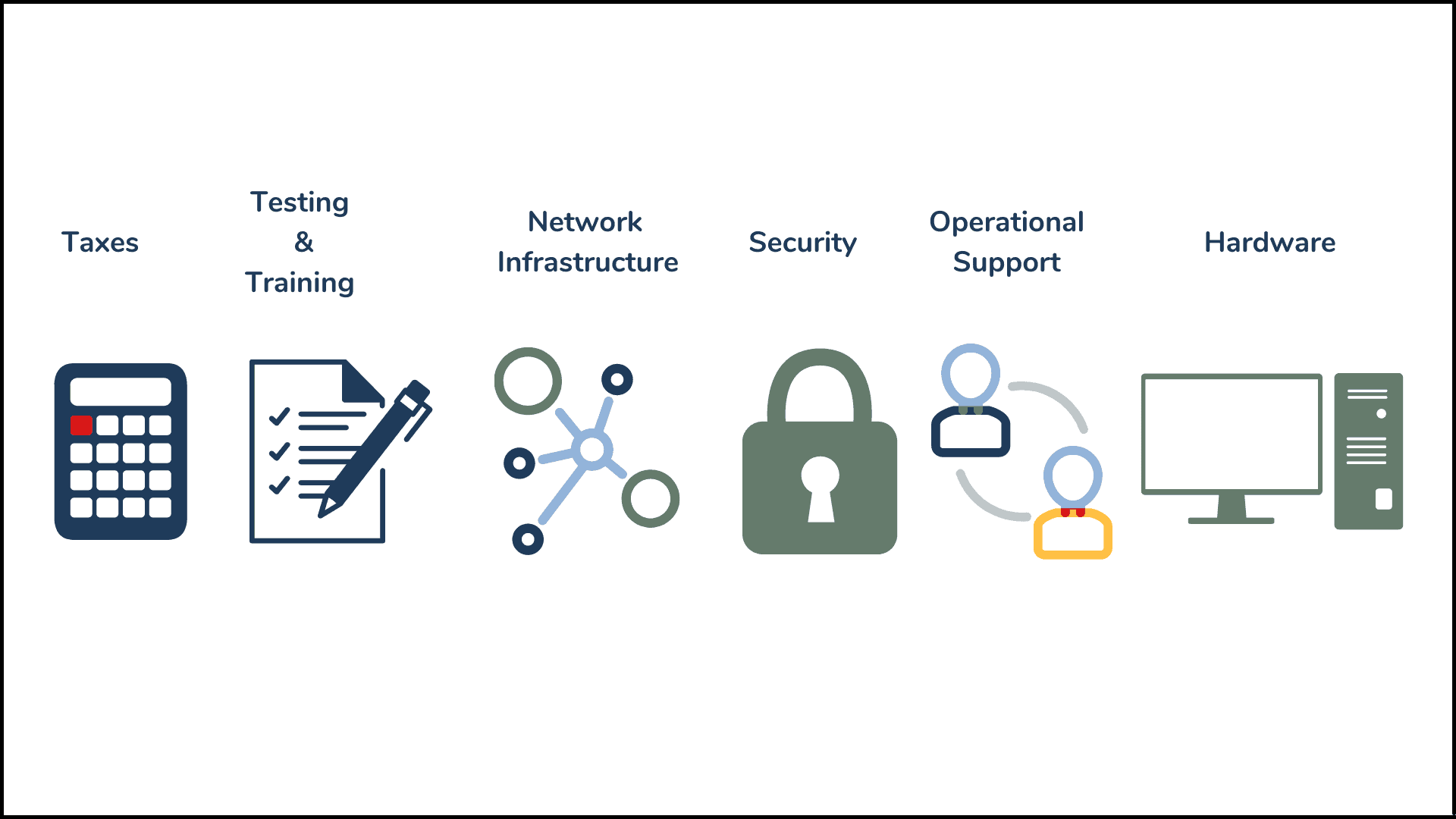That moment you look at your calendar and you see it. The dreaded “status call update” blocking out valuable time you could be focusing on executing the project instead.
You’re annoyed about the call before even dialing in.
We know project status calls tend to suck, but they don’t have to!
Why do project status calls suck?
If you have any experience in IT projects, you probably know what we’re talking about.
Once a week, the whole team hops on a conference call. A PM shares an unreadable spreadsheet, and goes down a list of action items, checking boxes along the way: On track. Off track. On track. Whenever an issue comes up, someone says “I’m working on it.” Somehow, the meeting goes 10 minutes over. Everyone leaves, mildly more irritated than they were before the meeting started.
How can we make these meetings better?
Project status meetings don’t have to suck. When they’re productive, these meetings are a key component of any project.
Here are a few tips to get the most out of your project status:
- Be prepared. Send out an agenda the day before the meeting. This helps everyone know what to expect and lets them reach out if they want to talk about something else.
- Send out notes and action items right after the meeting. Meeting summaries can seem so trivial. But if you put them off, you forget important info, you misremember certain items, and action items don’t get done in time. Sending project status summaries right after your meeting can skyrocket productivity.
- Don’t just list out issues – solve them. You have the entire project team on a call. Use that time to solve problems! If someone brings up an issue with an app integration, don’t just document the issue. See if someone on the call can help them take care of the problem. Otherwise, you might wait days or weeks before a problem is solved.
- Let your timeline guide the meeting. Rather than running down a checklist of action items, discuss the items that need to be completed for the next milestone. By focusing on your next goal, you see the forest instead of getting lost in the trees.
- Don’t be afraid to make quick decisions. If a key team member is gone, it can be easy to hold off on making big decisions. But use the time with your team to make decisions together. Trust your team.
- Make sure the vendor is aligned. The vendor may have a time-tested process that they’ve done for all their implementations. But they need to work with your team. If you find certain documentation or meeting structures work best for your team, don’t be afraid to tell the vendor. They’ll listen.
What do you think? Did we leave out anything?
We’d love to hear how you make your meetings as effective as possible.


.png)



